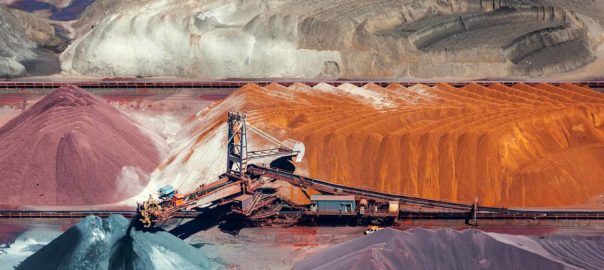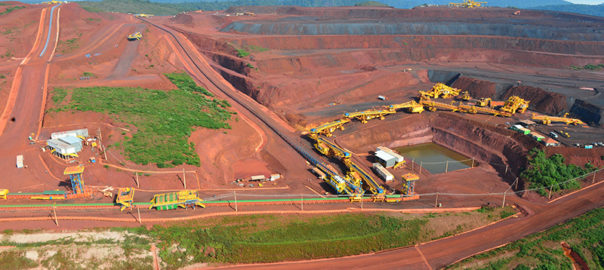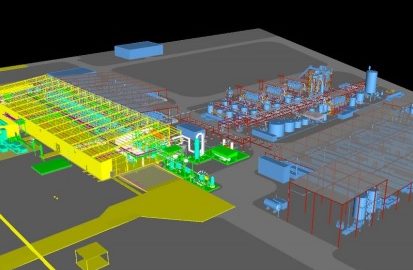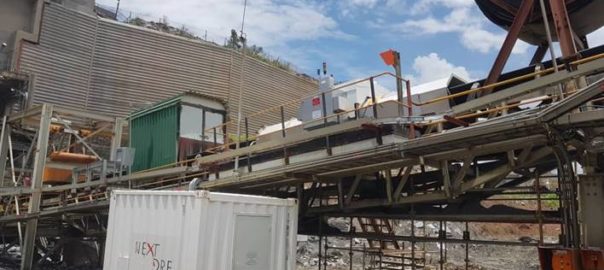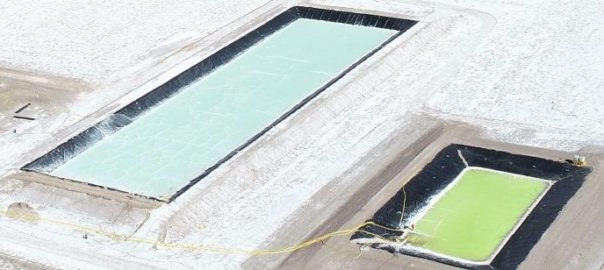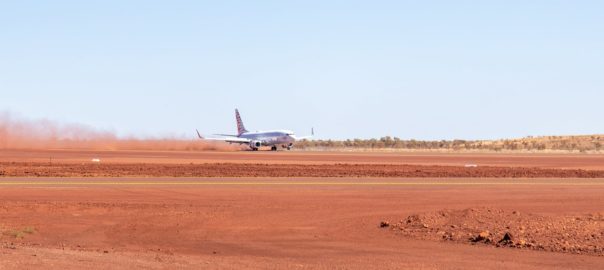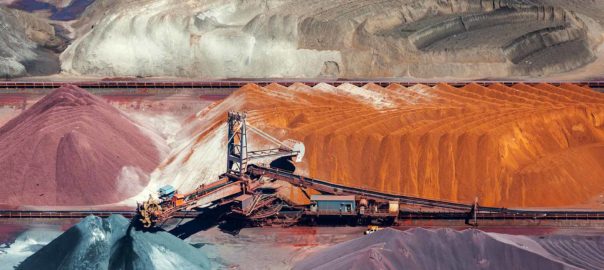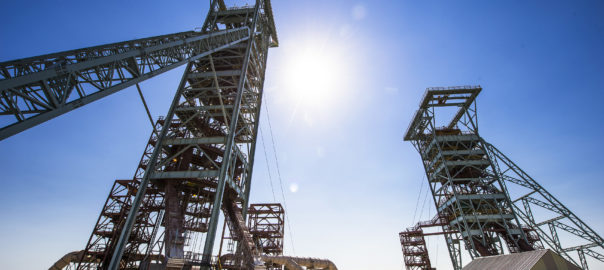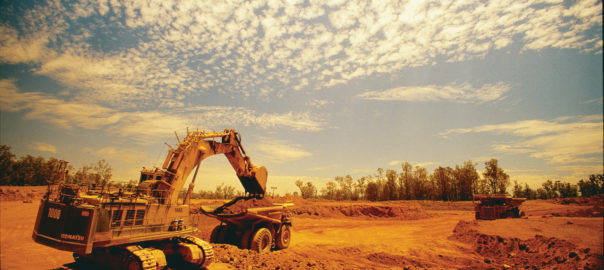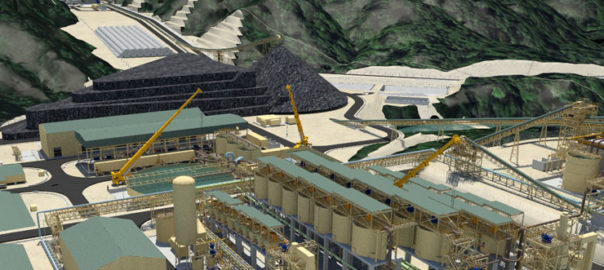Worley says it has acquired Minera Mining Technologies, a global technical solutions provider to the mining, minerals and metals industry, furthering its ability to automate and decarbonise mining operations.
Adding Minera to its existing Technology and Expert Solutions team will strengthen the company’s role in the energy transition and bring greater depth to the roadmaps needed to achieve sustainable mining solutions, according to Worley.
“The acquisition of Minera aligns with Worley’s purpose of delivering a more sustainable world, and its aspiration to achieve 75% of its revenue from sustainability-related business within five years,” Nick Bell, Global Sector Lead, Resources, said.
Headquartered in Western Australia, Minera’s mining, geological and technical consultants work with mine owners to automate and decarbonise by determining the best-fit technology solutions and strategies for their assets. The pairing provides enhanced front-end solutions covering automation, fleet decarbonisation/electrification and operational benefits realisation, Worley noted.
Bell added: “The world needs more mining. But performance and production improvements are required as the energy transition and ESG pressure calls for sustainable materials delivered at pace. To meet these demands, the industry needs the right partner to identify and adopt new and emerging technologies, often within an operating environment. The acquisition of Minera means we can do just that for our customers all over the world.”
Martin Boulton, Director of Minera, added: “Automation will remain a puzzle unless miners develop horizons that plan the practical application across their assets. With the introduction of Minera, Worley can create autonomous business plans to help our customers define their target technology landscape, along with the delivery capabilities to achieve this operational state. We will also continue development of our autonomous skills training to grow industry capability and ensure solutions are implemented safely and on time.”







